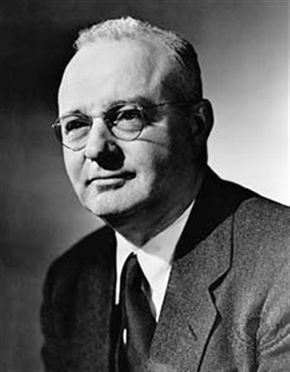An ancient Greek philosopher named Plutarch pondered this scenario. Imagine that the Greek hero Theseus was to repair his ship after a long journey by replacing broken parts with new timber. If he was to embark on so many journeys and repair his ship so much that all of the original material that made the ship were replaced, is that ship still the same ship of Theseus?
This is an interesting philosophical question where some may argue that the ship is still, by definition, the “ship of Theseus” while some may argue that it is no longer the same ship Theseus once owned, but merely a replacement.
Although it is hard to grasp the significance of this question when using an analogy of ancient Greek heroes and ships, it comes closer to home in the field of biology. It is a known fact that the human body is under constant change; cells divide to produce a new lineage of fresh cells while shedding away old, dead cells. Different cells turnover at different rates; skin is almost completely replaced every 4~6 weeks, the lining of the gut is turned over every 4~6 days, while brain cells are almost never replaced (but contrary to popular belief, they can regenerate). If this is the case, are you the same “you” as you were a year ago when the majority of your skin and gut cells were technically “different” (but genetically identical) cells to what they are now? Or are you simply a replacement shell for your brain?
A simpler way of thinking about this would be to consider the case of clones: are clones the “same” as their originals?
The paradox of the ship of Theseus can be extended into a larger scale. Consider a large city like New York. If we were to assume that all of the inhabitants of a city are replaced over a hundred years, then is that city still “New York”? Not only would it looks different because of its new buildings and whatnot, but the people that make up the culture and substance of the city would be completely changed. However, New York is still called “New York” just as it was in the early 1900’s. So is the modern day New York still New York or New New York?














